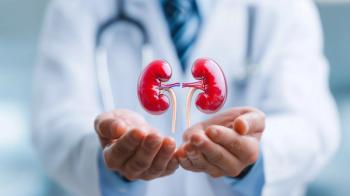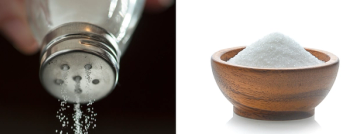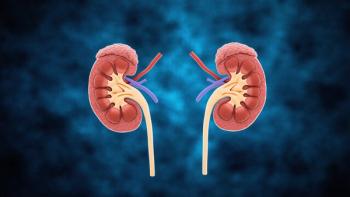
Proportion and Costs of Hospitalizations for Cirrhosis With AKI and HRS Are Rising Fast, Study Finds
Researchers found that nearly 28% of hospitalized chronic liver disease patients with acute kidney injury had alcohol-related disorders, as did almost 60% with hepatorenal syndrome.
The health of the kidneys and the liver are intertwined. Several liver diseases, such as cirrhosis, nonalcoholic fatty liver disease and hepatitis, can result in kidney diseases. Acute renal failure occurs relatively often among patients with liver cirrhosis, for example, and approximately 20% of patients hospitalized with cirrhosis develop acute renal failure, according to a
Hospitalized patients who also have acute kidney injury (AKI) and hepatorenal syndrome (HRS) — a serious complication of kidney failure that develops in individuals with advanced chronic liver disease (CLD), particularly cirrhosis — are known to be a significant contributor to increasing health care costs.
A new study adds significant details and extends previous research findings by several years.
The number of hospitalized CLD patients with AKI increased by nearly 35% from 2018 to 2023, and their total inpatient charges rose more than 17% to $165,458. The number with HRS spiked nearly 46%, while charges rose nearly 22% to $186,760.
The findings were published May 21 in a JAMA Network Open
The authors of the retrospective, longitudinal cohort study analyzed six years of data for hospitalizations of patients age 18 and older from a large, national administrative health database, finding that the proportion of patients with CLD increased from 7.4% in 2018 to 9% in 2023.
Of those, the proportion with AKI rose from 27.1% to 31.2% and HRS from 1.9% to 2.3%; those with both went up as well. Nearly all (95.5%) patients with HRS were diagnosed with liver cirrhosis.
The authors write that the “increasing clinical burden” associated with hospitalizations in patients with CLD and with CLD and AKI or HRS “is expected to increase the economic burden owing to substantial comorbidities, potential liver transplant, high inpatient mortality, and increasing hospitalization charges likely due to inflation,” adding that their findings “highlight the need to optimize management of kidney-related complications in patients with CLD.”
In an invited
“Future research, including multicenter observational cohort studies and randomized clinical trials, is needed to identify evidence-based population health and clinical care interventions to improve clinical outcomes in this population,” they conclude.
Newsletter
Get the latest industry news, event updates, and more from Managed healthcare Executive.





















































